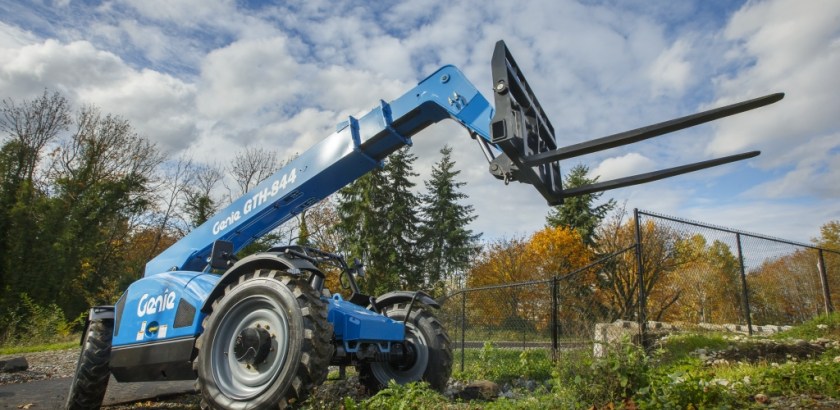Making Sense of Telehandler Attachments
by Josh Taylor - Product Manager On May 25, 2017, 03:00 AM
Subscribe To Aerial Pros
Filter by tags
Attachments are what make telehandlers the versatile tool carriers that contractors love. While they are typically on jobsites outfitted with a standard carriage or forks, there is a variety of standard attachment options to choose from. There are also several specialty attachments that will further enhance an operator’s productivity.
Here's a brief overview of several popular telehandler attachments:
Carriages
The standard quick-attach carriage typically come in 48-, 60- and 72-inch widths. It connects to the machine via a hook-and-pin connection that saves time when changing between attachments. The material being moved and the width of the load determines what the right carriage width is for the application. In many cases, the fork widths need to match a pallet or fork-pockets on a container.
The rule of thumb is the wider the carriage, the easier it is to stabilize and balance heavy loads. However, bigger doesn't always mean better, as a wider carriage limits machine accessibility to confined areas at the jobsite and can reduce a telehandlers maximum lift capacity because of its weight. Carefully consider the projects that the machine will work on and match the carriage width to the need for accessibility, as well as its lift capacity.
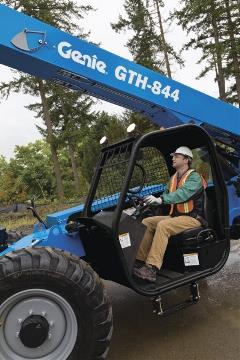 For more demanding applications, a telehandler should be outfitted with a rotating or a side-shift carriage. Rotating carriage options typically offer up to 10° of carriage rotation both clockwise and counterclockwise for lifting and placing a load on a surface that is not level. For example, if a load of shingles needs to be placed on a pitched roof, a rotating carriage makes it possible to place the material on the roof at an angle that will still allow the operator to get the forks out. The forks on a side-shift carriage can be repositioned from side-to-side for better load alignment. When a telehandler has to get into a tight space, that side-shift is important. It gives the operator more fine control on material placement.
For more demanding applications, a telehandler should be outfitted with a rotating or a side-shift carriage. Rotating carriage options typically offer up to 10° of carriage rotation both clockwise and counterclockwise for lifting and placing a load on a surface that is not level. For example, if a load of shingles needs to be placed on a pitched roof, a rotating carriage makes it possible to place the material on the roof at an angle that will still allow the operator to get the forks out. The forks on a side-shift carriage can be repositioned from side-to-side for better load alignment. When a telehandler has to get into a tight space, that side-shift is important. It gives the operator more fine control on material placement.
Forks
Even with fork attachments, there are several options to choose from to meet specific jobsite needs. Most telehandlers are specified with fork attachments as standard equipment. Here again, the choices include 48-, 60- and 72-in, although the 72-in length is not typically available for compact models.
Specialty attachments
There are many specialty attachments available on the market.
- Truss booms are the perfect solution for lifting trusses and bulky material overhead
- Multi-purpose buckets expand your telehandler’s capabilities and are a great option for loose material
- Industrial grapple buckets clamp down to secure to hard-to-handle materials
- Universal skid steer adapters allow you to pull up and attach to a wide variety of skid steer type attachments in just seconds, reducing your overall equipment costs and increasing the versatility of your fleet.
Make sure to buy only attachments from your telehandler manufacturer, including Genie, or OEM approved third-party suppliers.
Hydraulics
If an operator wants to run a hydraulic attachment, make sure the telehandler is plumbed with auxiliary hydraulics to properly operate powered attachments. For example, all Genie® telehandlers are equipped with auxiliary hydraulics and some can handle up to 15 gpm of hydraulic flow. This is more than enough for efficiently operating light to medium duty attachments like brushes, brooms and snow throwers.
It’s no secret that attachments increase the versatility and productivity of a telehandler, and it’s important to understand the options.
Related Posts
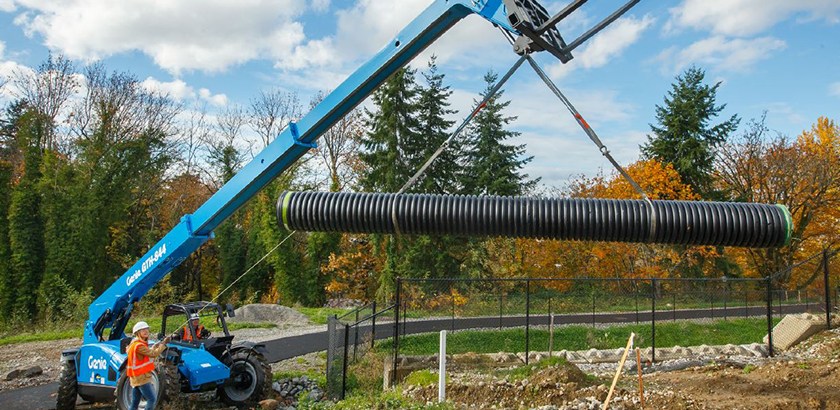
Spec’ing a Telehandler for Productivity
The telehandler’s ability to lift, move and place a range of materials and tools make it an indispensable machine for elevating efficiency and productivity on the job.
Continue Reading
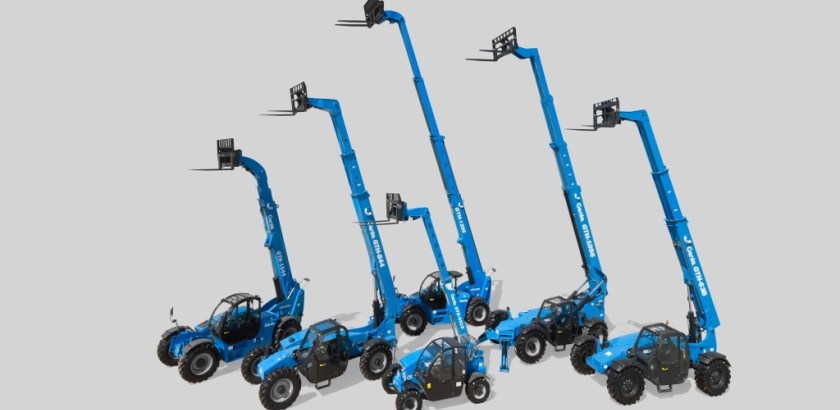
Evaluating Telehandler Sizes To Select the Right Machine for the Job
The telehandler’s ability to lift, move and place a range of materials and tools make it an indispensable machine for elevating efficiency and productivity on the job.
Continue Reading
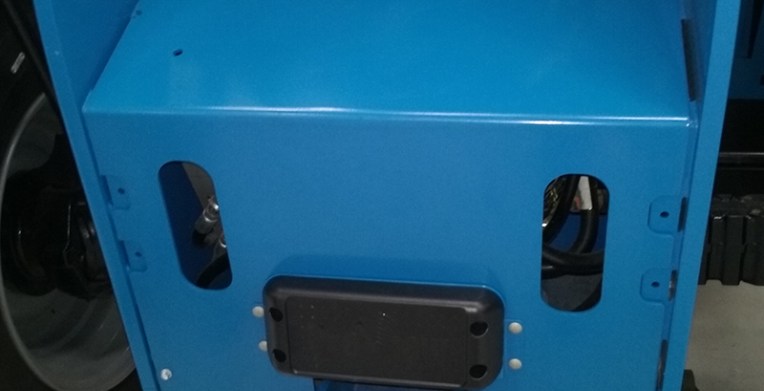
Benefits of Having a Rear Proximity Alarm on your Telehandler
Beep… beep… It’s a familiar sound on any construction site meant to warn others that a piece of construction equipment is backing up.
Continue Reading


